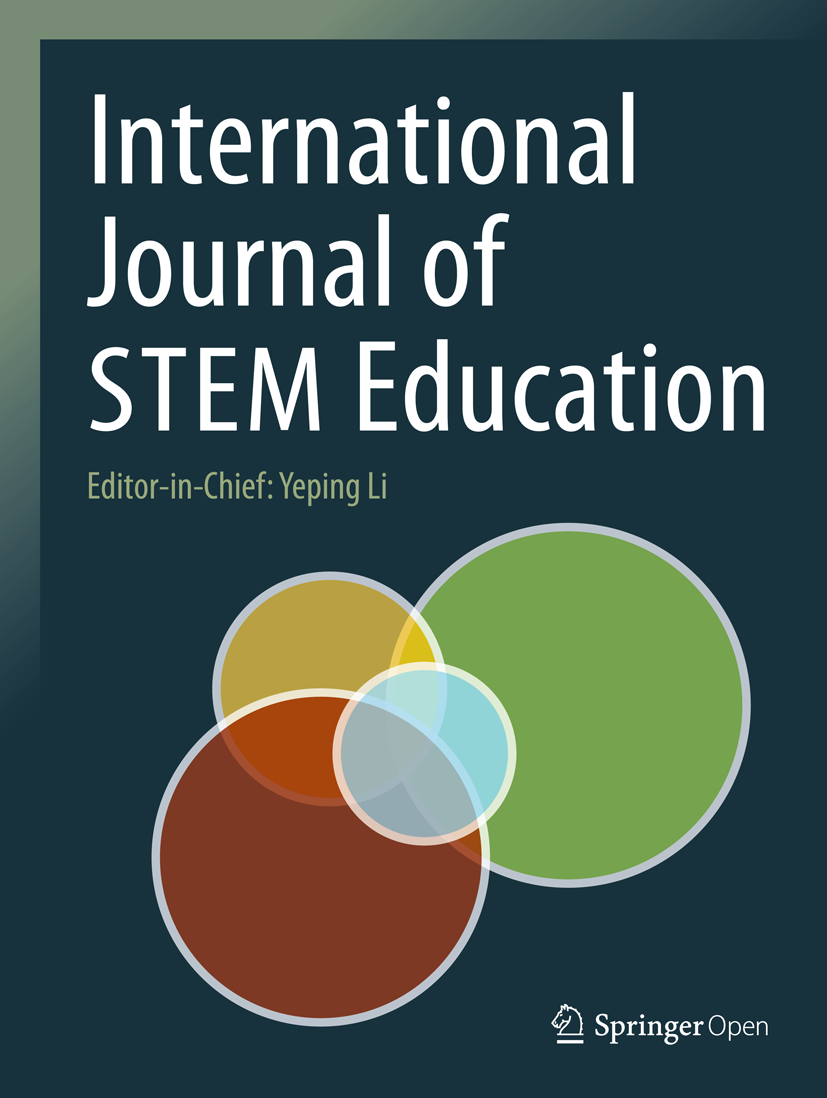在中学-大学过渡到 STEM 领域的过程中,数学期望值-价值概况的发展情况
IF 8
1区 教育学
Q1 EDUCATION & EDUCATIONAL RESEARCH
引用次数: 0
摘要
要掌握科学、技术、工程和数学(STEM)领域的中学到大学的过渡,学术自信心起着举足轻重的作用,尤其是与数学学习相关的自信心。期望-价值理论框架已被广泛应用于中小学教育,部分应用于高等教育,以评估学生在成功期望和数学认知价值方面的自我信念。基于这一框架,我们测量了学生在中学-大学过渡到 STEM 领域的过程中,学习数学的内在价值、成就价值、效用价值和成本以及学习数学的成功预期是如何发展的。数据是通过重复测量的定量问卷研究收集的,有两个测量点(测量点 1:n = 710;测量点 2:n = 487;列表:n = 409)。我们进行了潜特征分析,以确定在两个测量点中每个测量点的数学自我信念的普遍模式,称为特征。我们研究了这些特征与先前教育、学校成绩和大学成绩之间的关系。通过进行潜在转变分析,我们确定了从初始特征转变到后置特征的概率。我们的分析表明,在每个测量点上都有四种不同的流行特征,从对数学学习非常有利(即期望值高、价值高、成本低)到非常不利。随着时间的推移,具有有利表现的特征保持稳定,而具有不利表现的特征则进一步恶化。我们观察到,所有特征的成本都急剧上升。先前的成绩与特征成员密切相关。在中学到大学的过渡期间,时间和精力的花费急剧增加,这与学生最初的动机模式无关。数学在未来职业生涯中的作用被证明是学生学习动机的重要来源。因此,应在大学教学中突出数学在未来职业中的作用。考虑到最初不良动机的有害发展,大学教师应为学生创造充分的机会,让他们获得成就感。本文章由计算机程序翻译,如有差异,请以英文原文为准。
The development of mathematics expectancy-value profiles during the secondary–tertiary transition into STEM fields
To master the secondary–tertiary transition into fields of science, technology, engineering, and mathematics (STEM), academic self-beliefs play a pivotal role, especially those related to learning mathematics. The framework of expectancy-value theory has been used widely in primary and secondary education and partly in tertiary education to assess the self-beliefs of students in terms of expectancy of success and perceived value of mathematics. Based on this framework, we measured how the intrinsic value, the attainment value, the utility value, and the cost of learning mathematics as well as the expectancy of success when learning mathematics developed during the secondary–tertiary transition of students into STEM fields. Data were collected in a quantitative repeated-measures questionnaire study with two measurement points (measurement point 1: n = 710, measurement point 2: n = 487, listwise: n = 409). We conducted a latent profile analysis to identify the prevalent patterns of mathematics self-beliefs, called profiles, at each of the two measurement points. We studied the relation of these profiles to prior education, achievement at school, and achievement at university. By performing a latent transition analysis, we determined the probabilities of transitioning from the initial profiles to the posterior profiles. Our analysis revealed four distinct prevalent profiles at each measurement point, ranging from highly favorable (i.e., high expectancy, high value, low cost) to highly unfavorable with respect to learning mathematics. The profiles with favorable manifestations remained stable over time, while those with undesirable manifestations deteriorated further. We observed a sharp increase in cost across all profiles. Prior achievement correlated strongly with profile membership. The expenditure of time and energy increased sharply during the secondary–tertiary transition, independently of the students’ initial motivational patterns. The perceived utility of mathematics for potential future careers was shown to be a significant source of motivation. The role of mathematics in future careers should thus be made visible in university teaching. Keeping the detrimental development of initially undesirable motivational profiles in mind, university teachers should create ample opportunities for students to gain a sense of accomplishment.
求助全文
通过发布文献求助,成功后即可免费获取论文全文。
去求助
来源期刊

International Journal of Stem Education
Social Sciences-Education
CiteScore
12.40
自引率
11.90%
发文量
68
审稿时长
13 weeks
期刊介绍:
The International Journal of STEM Education is a multidisciplinary journal in subject-content education that focuses on the study of teaching and learning in science, technology, engineering, and mathematics (STEM). It is being established as a brand new, forward looking journal in the field of education. As a peer-reviewed journal, it is positioned to promote research and educational development in the rapidly evolving field of STEM education around the world.
 求助内容:
求助内容: 应助结果提醒方式:
应助结果提醒方式:


